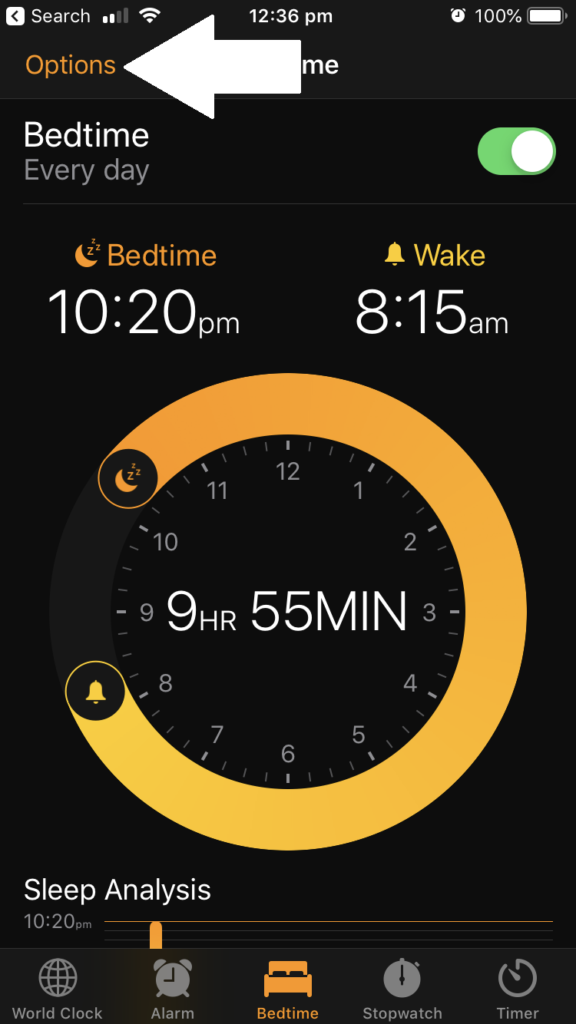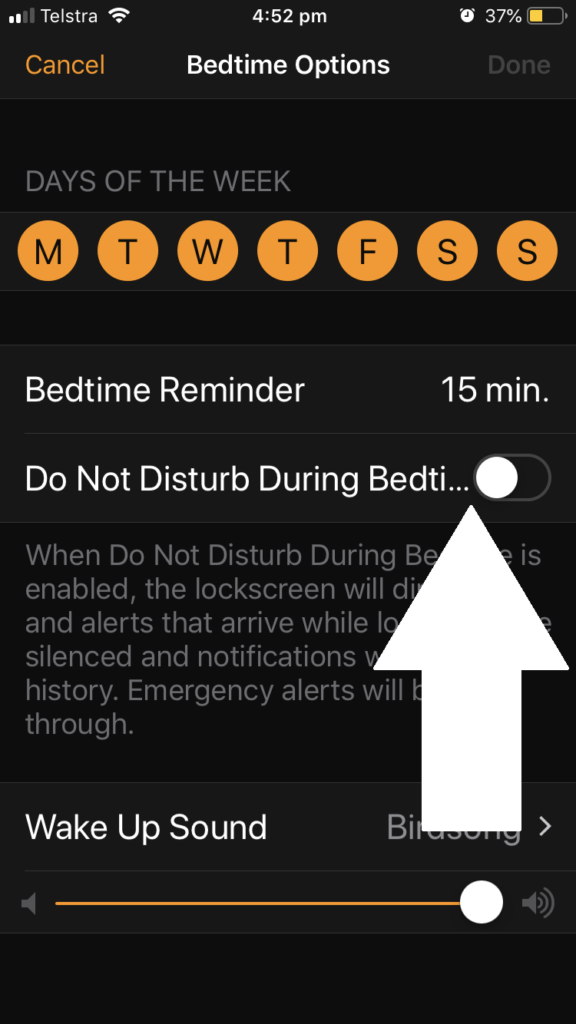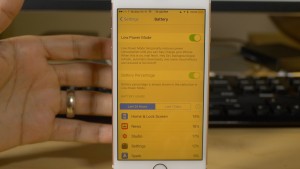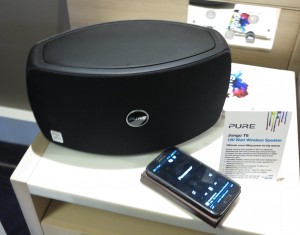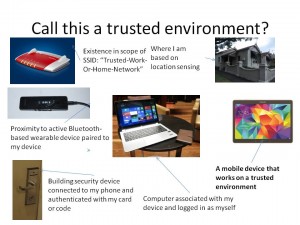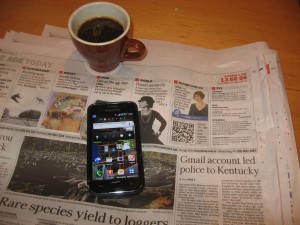Apple TV to become a group videophone with your iPhone
Article
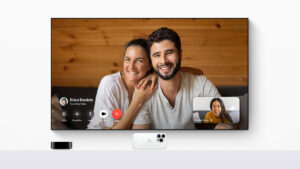
Facetime and other videoconferencing apps now feasible for Apple TV with your iPhone as a camera and microphone
You can now FaceTime from your Apple TV | ZDNET
Apple’s TVOS 17 Brings FaceTime to Apple TV, Find My Remote Functionality to Siri Remote – CNET
FaceTime is coming to Apple TV | Engadget
From the horse’s mouth
Apple
tvOS 17 brings FaceTime and video conferencing to Apple TV 4K (Press Release)
My Comments
A device class I always have wanted to see when it comes to videocalling and videoconferencing is a group videophone that connects to an ordinary large-screen TV set or monitor for its display and audio output. The idea behind this display concept for this use case is so that a group of people at one location can participate in a videocall. Example situations include a group of family members at the “family house” making a videocall to distant relatives during Christmas Day; or someone intent on buying a business, meeting with their lawyer at the lawyer’s office and talking with the vendor who is at another location.
A few companies are working on having their platform-based set-top boxes or streaming sticks serve this function by adding group videocall functionality to their set-top platform and it is something I was wanting to see Apple do with their Apple TV set-top box. This function works on Apple TV devices that run the next major version of tvOS i.e. tvOS 17.
As well, an iPhone or iPad running iOS/iPadOS 16 works as the camera and microphone for the Apple TV, thanks to Apple’s “Continuity Camera” functionality that was introduced to MacOS and now being “haked in” to tvOS. This is to be facilitated with a stand that Apple will supply as a first-party accessory so you can have the rear cameras facing you during the video call. The iOS device will link to the Apple TV via a Bluetooth link or the fact it is on the same logical small network thanks to Wi-Fi.
This functionality is to support Apple’s native FaceTime videoconferencing platform but Apple is to provide developer support for software developers who want to build or port desktop videoconferencing software to tvOS. Zoom and Webex will be the first two third-party videoconferencing platforms to have this tvOS support.
There is the ability to use the Apple TV’s Siri Remote to initiate a FaceTime call or you can transfer a FaceTime call you are engaging in to the Apple TV so that the other parties appear on the TV screen and you can hear them on your TV’s sound setup. Most likely third party applications will support a similar process.
In this setup, you will have to use the Apple TV’s Siri Remote to control the videocall such as to mute the iPhone’s camera or microphone, hand the call back to the iPhone to continue it privately or to end the call. If messages come in to the iPhone during the call, a simple notification not attributed to the message’s source will pop up so as to keep the message effectively private.
The SharePlay functionality, which allows you to share what you are currently watching from a video source hosted on your Apple TV will still operate so you can use Apple FaceTime to tantalise another person about that show.
There are still questions to answer regarding how the FaceTime facility will authenticate users who set it up to make or take calls using only the Apple TV Siri Remote, rather than using an iPhone and transferring where necessary. As well, would the ability to transfer a FaceTime call from your iPhone to the Apple TV be only limited to the Apple ID accounts that the Apple TV device is associated with? This can be an issue where the Apple TV device is bound to one Apple ID account to represent the whole household rather than each adult individual registering their Apple ID with the same Apple TV device.
At the moment, this functionality is part of a developer-only beta software package but is expected to be fully established as part of tvOS between September to November 2023.

